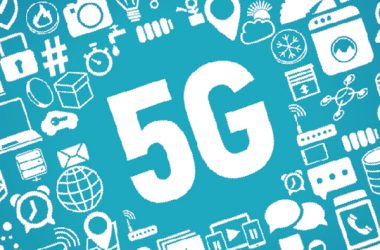
When I first started writing about enterprise IT, some 25 years ago, there were three key areas of interest for organisations.
First was the idea that IT could, somehow, tie together the disparate parts of an enterprise. There was real excitement at the thought that you could connect your financial systems with your manufacturing systems, sharing information between departments for improved efficiency and management. Hmm, isn’t that still being sold to us as the glorious future, via ERP and CRM solutions?
Next was the shift from flat file databases to what we called back then the RDBMS (relational database management system). The result was supposed to be that you could then analyse your company data to create new sales and marketing opportunities and so on. Hmm, isn’t that still being sold to us as the glorious future, via data warehousing and business analytics?
Lastly was the concept of distributed computing, dismantling the mainframe silo to take advantage of the cost benefits and flexibility of clustered mini computers. This adaptable provisioning was seen as a key part of empowering end users, reducing decision making delays and delivering power into users’ hands.
It was at a CNME roundtable on desktop virtualisation the other day that it struck me that virtualisation is really just a riff on the same idea – flexible provisioning of compute resources allowing more adaptability for the business. The only real difference is that, by making endpoint devices effectively just terminals instead of compute and storage devices, the power shift has returned to the centre – away from the user and back to IT admin.
So the question really is this: If we keep being presented the same ideas under different names and at differing levels of technology, is IT actually delivering on its promises? You know, it’s hard not to be sceptical when you consider that many of the world’s largest and most successful companies grew to global size and importance without the use of computers, mobile phones or the Internet. If you could build a General Electric or an ICI with landlines, telex machines, handtyped memos and face to face meetings, what have we achieved apart from the ability to do much the same things, only quicker?
We need to ask these questions to understand IT’s real place in our lives. And also, how IT is likely to change, or remain the same, in the years to come.





